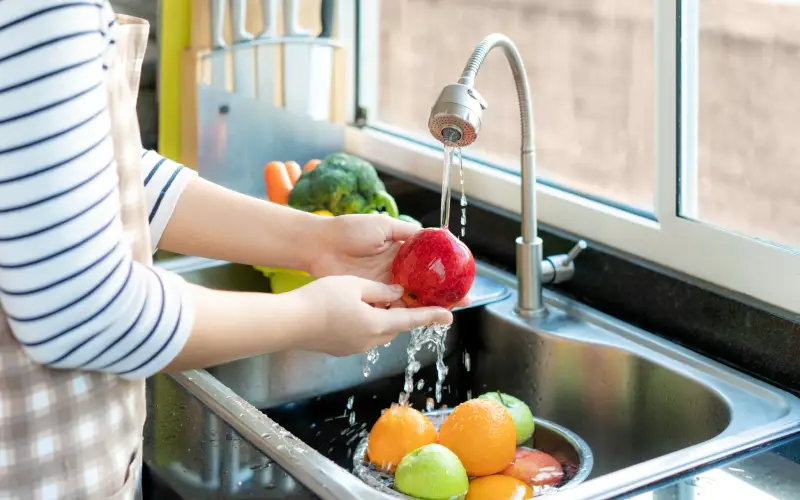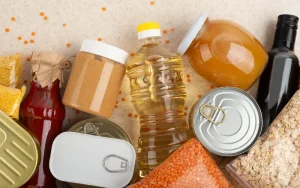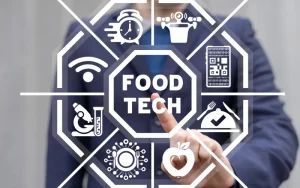Sanitation is invaluable in the food industry for handling. Its absence could entail severe repercussions, particularly impacting the consumer. In the following, we will delve into the crucial role of washing food in fruit product processing.
Washing food: why is it important?
Sanitation in input management is essential to ensure food safety and safeguard the health of consumers (FAO et al., 2016). Both perishable and non-GMO foods, including fruits and vegetables, are susceptible to many hazards.
In the context of fruit products, it is important to consider the following aspects:
- They can harbor harmful microorganisms, toxins, and heavy metals, all of which carry the potential to induce foodborne illnesses (FBD).
- Pesticides and allergens from these products are another source of risk.
- These contaminants can jeopardize consumer health, leading to illnesses, allergies, and poisoning. It could be life-threatening.
- Undesirable flavor, color, texture, and aroma changes are likely to occur.
- Both the nutritional value and the shelf life of the product can be reduced.
Therefore, it is essential to follow best practices in hygiene and supply handling according to food classification. The objective consists of preventing product contamination, avoiding therefore the possibility of affecting consumers with a TSE. One of the processes to consider is washing food.
Washing food in industrial production
A thorough cleaning and sterilization of vegetables and fruits within the kitchen is necessary to ensure food safety and hygiene. These ingredients are key for the creation of several dishes, many of which are eaten without cooking. For example, functional food (FAO et al. 2016).
Industrial process for washing fruits and vegetables
In large-scale food manufacturing, fruit sanitization is carried out meticulously and according to stringent regulations to preserve the integrity and protection of food products. Foodtech plays an important role in this process.
According to Garcia and Vasquez (2015), the disinfection process in food production can be carried out by:
- Showers or spraying. It is essential to control the length of the path and the speed of the conveyor belt. These elements directly influence the exposure time to the disinfectant and its effectiveness.
- Immersion in a disinfectant solution. This will lead to achieving the desired quality and hygiene standards. The most used disinfectant is sodium hypochlorite (NaClO).
It is important to consider the following when washing food:
- Water must be of good quality to avoid fruit contamination.
- It is necessary to monitor the washing process to ensure that it is effective and safe.
- Caution should be exercised when handling fruit after washing to avoid recontamination.
In conclusion, it is necessary to maintain high-quality standards under the provided techniques. Adopting these practices will ensure safety and confidence in each product offered to consumers.
References
- FAO, PAHO, and WHO. (2016). Food handler’s manual.
- García, G., and Vásquez, L. (2015). Guide to good hygiene practices for vegetables and fresh, peeled, chopped or packaged. Catalunya: Generalitat de Catalunya.







